Explore Greece: Your Ultimate Guide to Unforgettable Holidays
Are you dreaming of sun-soaked adventures, tantalizing cuisine, and ancient wonders? Look no further than Greece – a destination that promises to captivate every type of traveller. From its stunning beaches to its rich history and vibrant culture, Greece offers something for everyone. Let's delve into why Greece should be at the top of your travel bucket list and discover the best destinations and experiences this beautiful country has to offer.
Why Choose Greece for Your Holiday?
Greece is a land of enchantment, boasting picturesque landscapes, sun-drenched ruins, and charming cobblestone streets. Whether you're a history buff, a beach lover, or a foodie, Greece has it all. And with a wide range of holiday packages to suit every budget, you can customize your trip to create the perfect Greek vacation.
Highlights of a Greek Holiday
- Ascend the majestic Acropolis in Rhodes and soak in panoramic views of the island.
- Explore the haunting beauty of the abandoned shipwreck in Zante, a photographer's paradise.
- Bask in the sun on the pink sands of Crete, where every moment feels like a postcard-worthy memory.
- Embark on a romantic adventure through the "Tunnel of Love" in Corfu, a hidden gem waiting to be discovered.
Where to go in Greece?
With its diverse landscapes and endless possibilities, choosing where to go in Greece can be a delightful dilemma. From the mythical mainland to the idyllic Greek islands, each destination offers its own unique charm.
Best Destinations for Couples:
While Santorini is synonymous with romance, Greece's islands are replete with enchanting sights waiting to be explored. From the pink sands of Crete to the romantic Canal D'Amour in Corfu, love is always in the air in Greece. Treat yourselves to a luxurious stay at the Stella Island Luxury Resort & Spa for an unforgettable romantic escape.
Best Destinations for Families:
For families seeking fun and adventure, Hersonissos, Corfu, and Crete are top choices. Dive into the excitement at the 5-star Corfu Holiday Palace, featuring child-friendly waterparks, or make a splash at the Mitsis Blue Domes with its impressive array of pools. Don't miss out on the thrills of Star Beach water park, voted one of Europe's best.
Best Beach Destinations:
Crete reigns supreme as the ultimate beach destination in Greece, with its 650 miles of pristine coastline. From golden stretches to secluded coves, you'll find paradise on the shores of Balos Beach Lagoon, where turquoise waters meet white sands in a breathtaking display of natural beauty.
Best Party Destinations:
For those craving non-stop excitement, Mykonos, Crete, and Kos offer an electrifying nightlife scene. Dance the night away at world-class beach parties, mingle with A-list revellers, and immerse yourself in the cosmopolitan atmosphere. From Malia to Laganas, Greece's lively hotspots promise unforgettable experiences for party-goers.
Best Destinations for Sightseeing:
Immerse yourself in history and culture in Rhodes, home to a medieval Old Town and ancient ruins waiting to be explored. Indulge in a stay at The Ixian Grand for convenient access to the island's most iconic sights. Athens, with its ancient wonders, is also a must-visit destination for history enthusiasts.
Best Destinations for Adventure:
Get off the beaten path and explore the rugged beauty of Corfu's olive groves and pine-clad forests on a thrilling hiking adventure. Seek out secluded bliss in the hidden gems of Skiathos, Kefalonia, Lefkas, and Thassos, where unspoiled nature awaits at every turn.
Planning Your Trip:
Not sure when to visit? Check the weather in Greece to find the perfect time for your holiday. And be sure to explore our travel guides for insider tips on destinations across Greece, including Athens, Corfu, Crete, Rhodes, and more.
Embark on Your Greek Adventure
With its breathtaking landscapes, rich history, and warm hospitality, Greece beckons travellers to discover its treasures. Whether you're seeking relaxation, adventure, or cultural immersion, Greece promises an unforgettable holiday experience. Start planning your Greek adventure today and create memories that will last a lifetime.
More Travel Guides
We also have travel guides available for destinations, including Halkidiki | Kalamata | Kefalonia | Kos | Lefkas | Lesbos | Mykonos | Olympius Riviera | Parga | Santorini | Skiathos | Skopelos | Thassos | Zante
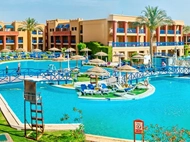
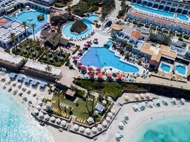
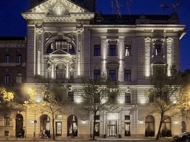
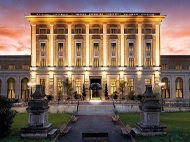
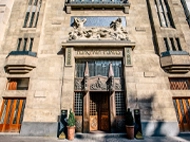
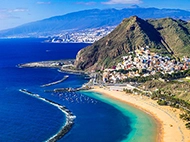
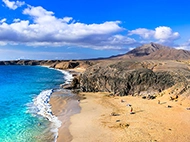
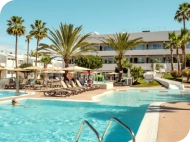
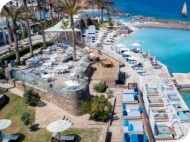
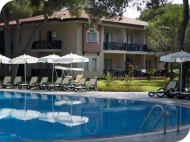







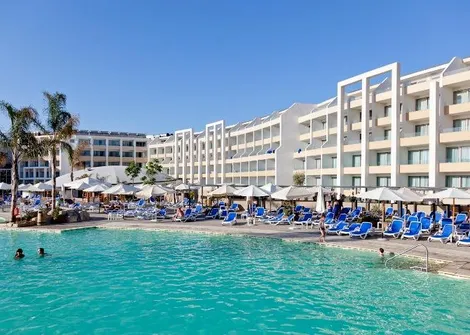
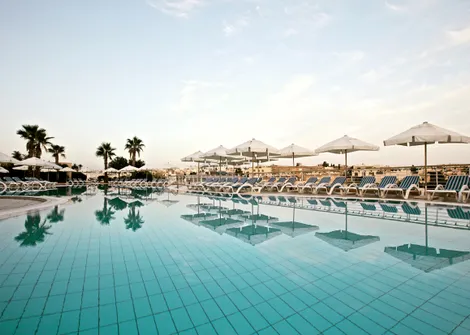
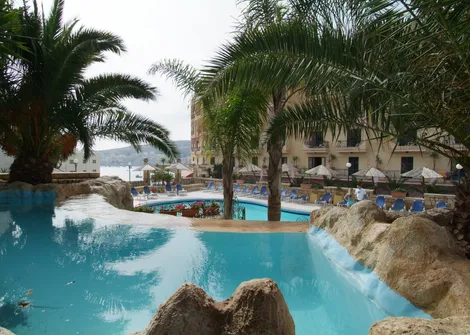
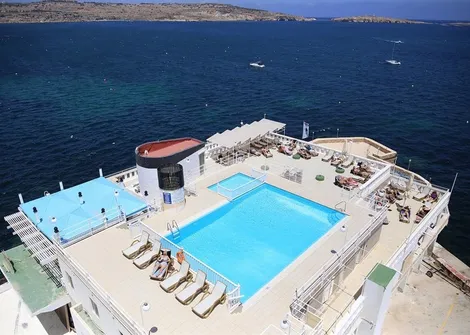
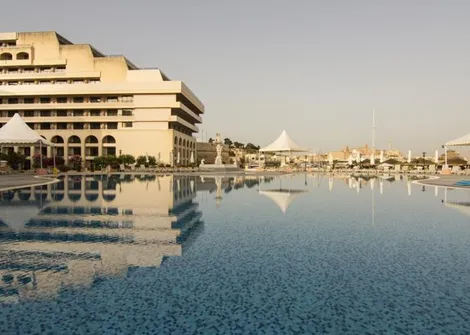
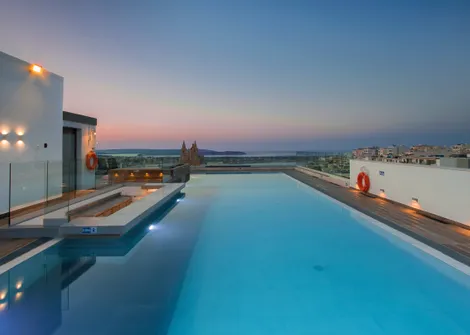
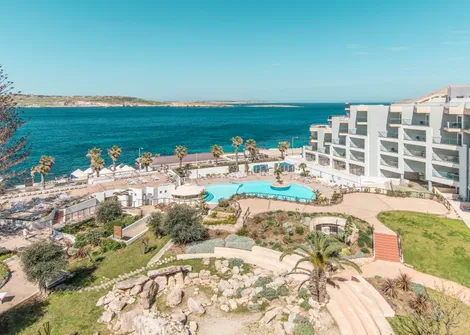
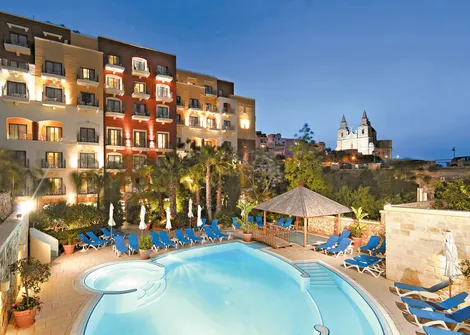
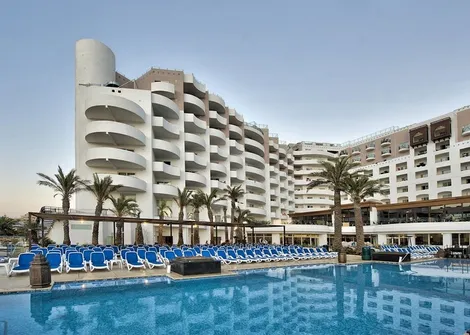
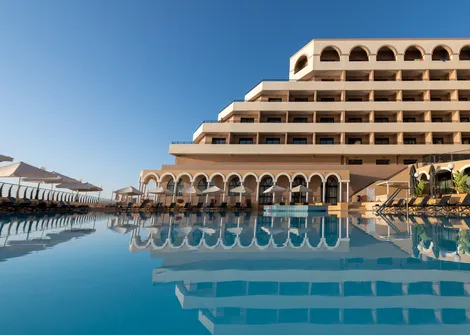
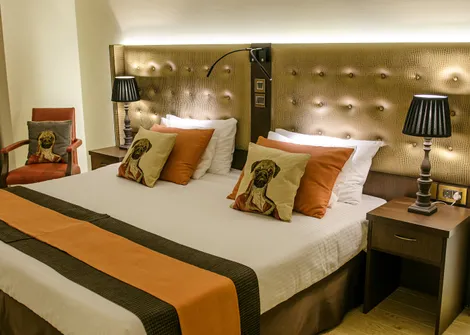
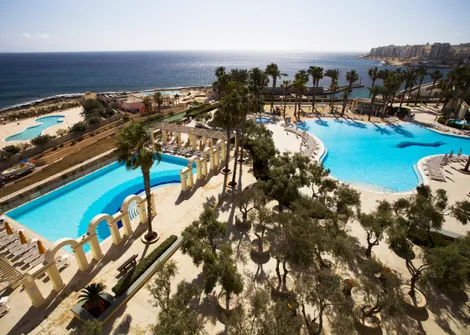
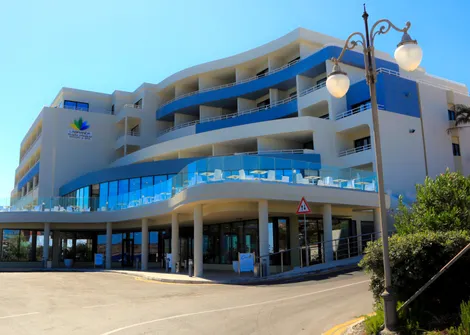
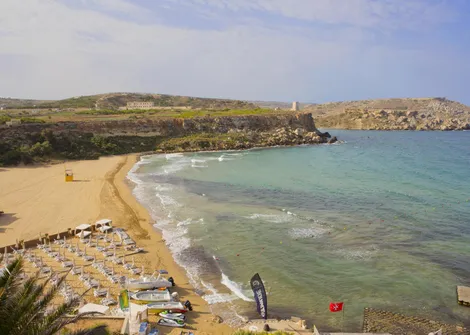
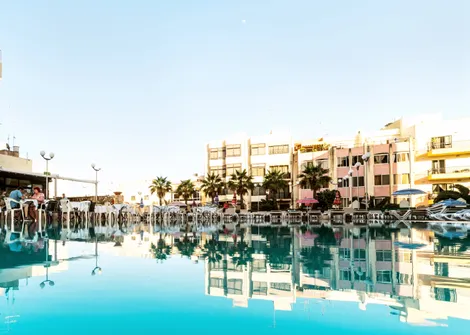
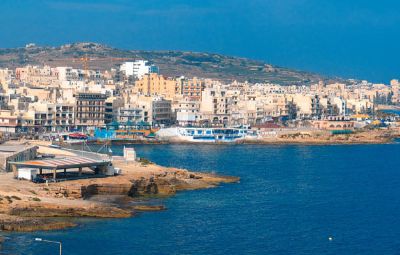
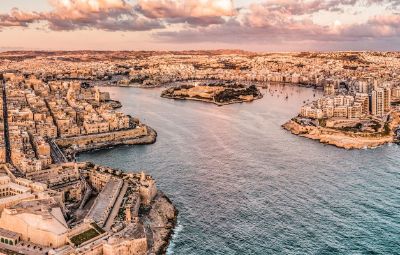
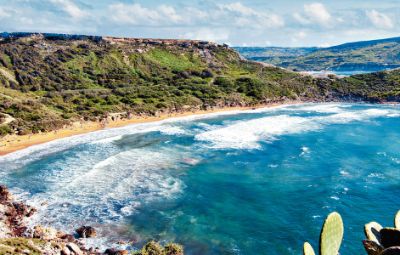
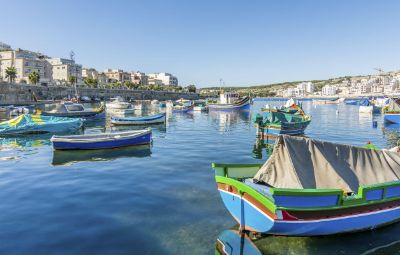
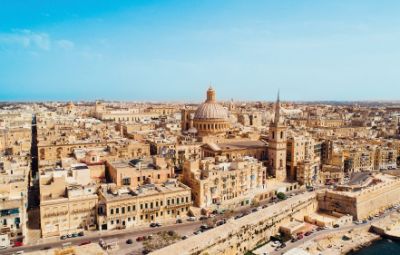
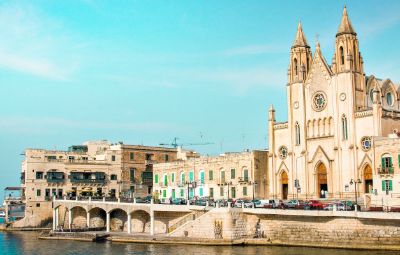

.jpg)

